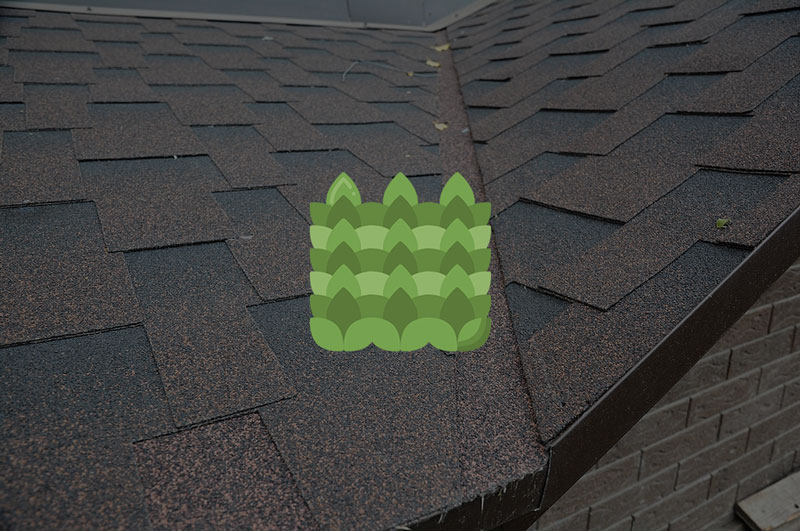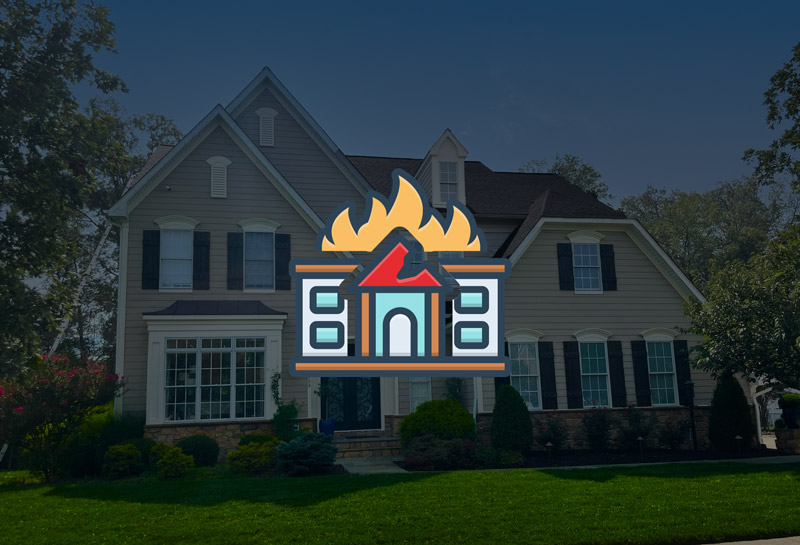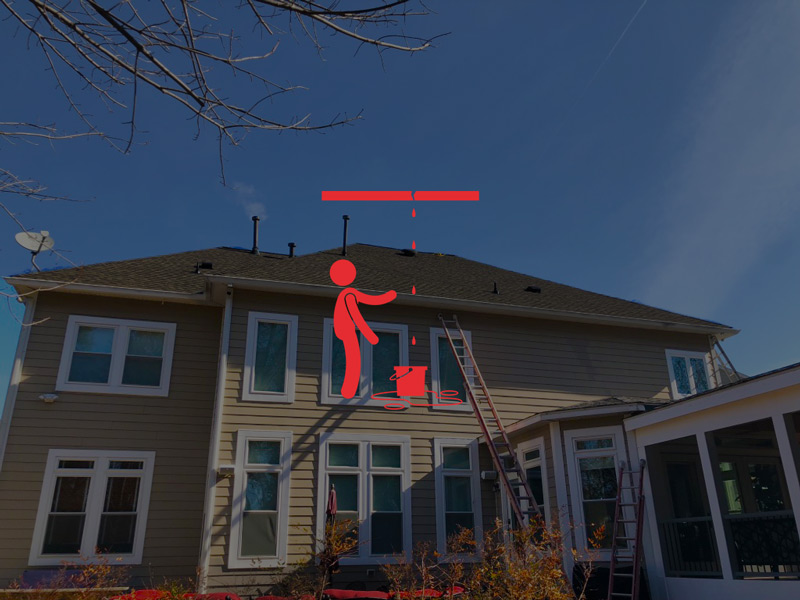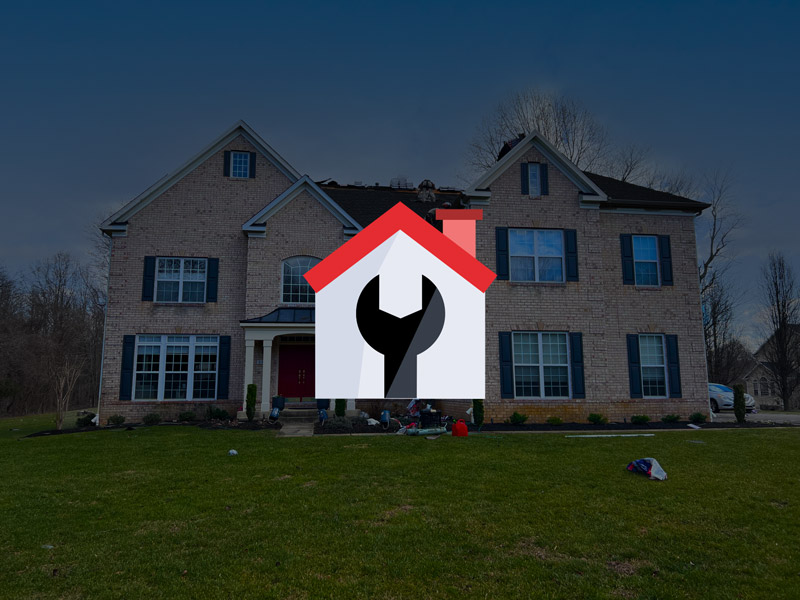Moss on Roof Causes: Growth and Signs for Replacement
A well-maintained roof is crucial for the overall integrity and longevity of a house. Moss growth on roofs can be a common problem, and addressing it promptly is essential. Moss not only affects the aesthetic appeal of the roof but also poses potential risks to its structural integrity.

What is Moss and Why Does it Grow on Roofs?
Definition and characteristics of moss
Moss is a non-vascular plant that thrives in damp environments, often forming dense green clusters on various surfaces, including roofs. It belongs to the Bryophyte family and has small leaf-like structures called “thalli.” Mosses are unique organisms that reproduce through spores, rather than seeds or flowers. Their ability to retain moisture enables them to survive in areas with high humidity or moisture levels.
Environmental factors that promote moss growth
Moss growth on roofs is primarily influenced by environmental factors. Moisture is a key catalyst, as mosses require consistent dampness to establish and thrive. Additionally, shade plays a crucial role in providing favorable conditions for moss growth. Roofs covered by trees or lacking sufficient sunlight are more susceptible to moss colonization.
How moss spreads and takes root on roofs
Moss spreads through airborne spores that can easily settle on roofs. Once the spores find a suitable environment, they germinate and produce tiny thread-like structures called rhizoids, which anchor the moss to the roof surface. Mosses do not have true roots but use rhizoids to absorb water and nutrients from the surrounding environment. Over time, moss growth becomes more prominent, potentially causing damage to the roof.

The Impact of Moss on Roofs
Understanding the potential damage caused by moss
Moss on roofs can lead to various detrimental effects if left untreated. Firstly, moss holds moisture against the surface, promoting prolonged dampness. This moisture retention can accelerate the deterioration of roofing materials over time. Additionally, moss acts as a sponge, absorbing rainwater and increasing the weight load on the roof, which can compromise its structural integrity.
Negative effects on shingles, tiles, and roofing materials
Moss growth on roofs can have a damaging impact on different roofing materials. In the case of shingles, moss can lift the edges, causing them to curl or crack. This can lead to water intrusion and subsequent leaks, potentially causing interior damage. Tiles, on the other hand, can suffer from moss infiltrating the gaps between them, leading to loosening or displacement.
Implications for the structural integrity of the roof
The presence of moss on a roof can pose significant risks to its structural integrity. As moss absorbs moisture and expands, it can lift and separate roofing components, such as shingles or tiles, compromising their ability to provide proper protection. This can result in weakened roof support and an increased likelihood of leaks or damage during inclement weather conditions.

Common Causes of Moss Growth on Roofs
Shade and moisture as key contributors
One of the primary causes of moss growth on roofs is the presence of shade and excessive moisture. Areas with limited sunlight create an ideal environment for moss to flourish. When roofs are shaded by nearby structures or overhanging trees, they receive less sunlight, resulting in extended periods of dampness. Moisture, combined with the lack of direct sunlight, provides the perfect conditions for moss to thrive.
Examining the role of nearby trees and vegetation
The proximity of trees and other vegetation can significantly contribute to moss growth on roofs. Overhanging branches not only cast shade but also drop leaves, twigs, and organic debris onto the roof. These fallen materials create a favorable substrate for moss to establish and grow. Additionally, trees provide a source of moisture through morning dew, rainwater runoff, or even the shade they provide.
Impact of climate and weather patterns on moss growth
Climate and weather patterns also play a crucial role in moss growth on roofs. Regions with high humidity levels and abundant rainfall provide optimal conditions for moss colonization. Such climates provide the moisture necessary for moss to thrive, especially if coupled with shade. Additionally, areas with cooler temperatures are more prone to moss growth due to extended periods of dampness and reduced evaporation.

Prevention and Maintenance Techniques
Regular roof inspections and maintenance routines
To prevent moss growth on your roof, it’s crucial to establish a regular inspection and maintenance routine. Inspect the roof at least twice a year, paying close attention to areas prone to shade and moisture accumulation. Promptly remove any visible moss, debris, or leaves that may have accumulated on the roof. Regularly cleaning the gutters and downspouts is also essential to ensure proper water drainage.
Implementing proper ventilation and sunlight exposure
Adequate ventilation and sunlight exposure are effective strategies to deter moss growth on roofs. Ensure that your roof has proper ventilation systems, such as ridge vents or soffit vents, to allow air circulation and reduce excess moisture buildup. Trim back any overhanging branches or nearby vegetation that casts shade on the roof. This will increase sunlight exposure and discourage moss from taking hold.
Strategies to minimize excess moisture on the roof
To minimize excess moisture on the roof, there are several preventive measures you can take. Ensure that the roof has proper drainage systems, including functional gutters and downspouts. Clear any debris or blockages that may hinder water flow. Additionally, consider installing zinc or copper strips along the ridge of the roof. When rainwater runs over these metal strips, it releases ions that inhibit moss growth.

Signs Indicating the Need for Roof Replacement
Advanced Moss Infestation:
When it comes to moss growth on roofs, an advanced infestation can be a clear sign that your roof may require replacement. Excessive moss accumulation not only affects the aesthetic appeal of your home but also poses serious risks to the integrity of the roof. Moss tends to retain moisture, which can lead to water penetration and subsequent damage to the underlying structure. In extreme cases, moss can even cause the roof to become structurally unsound, compromising the safety of your home.
Age and Condition of the Roof:
The age and condition of your roof play a vital role in determining whether a replacement is necessary. Even if your roof hasn’t been heavily affected by moss, if it is reaching its expected lifespan, it’s worth considering a replacement. Most roofs have an average lifespan of 20 to 25 years, depending on the material used. If your roof is approaching or has surpassed this age range, it may be more prone to damage and less effective in protecting your home from the elements. In such cases, a roof replacement becomes a wise investment for long-term security and peace of mind.
Expert Roof Inspection and Evaluation:
While the presence of moss and the age of your roof can provide initial indicators, it’s crucial to consult with a professional roofing contractor for an accurate assessment. An expert will conduct a thorough inspection to evaluate the overall condition of your roof, taking into consideration factors such as moss growth, material deterioration, and structural integrity. They will provide you with a detailed analysis, offering recommendations on whether a roof replacement is necessary based on their expertise and knowledge of the industry.
View More Articles
Please Share!










